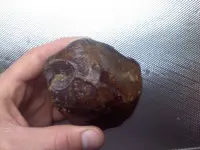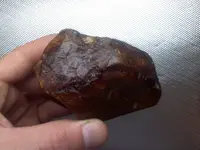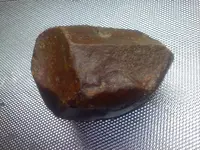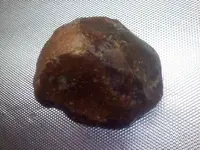kladdhunden
Jr. Member
- Joined
- Apr 25, 2013
- Messages
- 89
- Reaction score
- 72
- Golden Thread
- 0
- Primary Interest:
- All Treasure Hunting
I have collected Flint rocks and Amber alot and this one flint rock i found has a few parts that looks "melted?" to it.
I found it a year or so ago and tried to find out why it has the special look but i find nothing.
To be honest im not even sure anymore if it is a Flint Rock, i just think it looks weird but i really like it.
Found on a beach in sweden.
Can Flint be melted?
any ideas what it is if its not a flint rock?
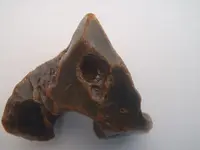
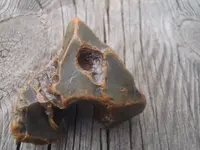
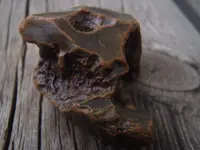
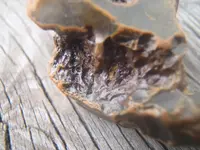
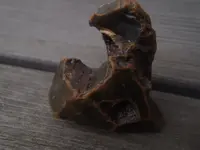
I found it a year or so ago and tried to find out why it has the special look but i find nothing.
To be honest im not even sure anymore if it is a Flint Rock, i just think it looks weird but i really like it.
Found on a beach in sweden.
Can Flint be melted?
any ideas what it is if its not a flint rock?








